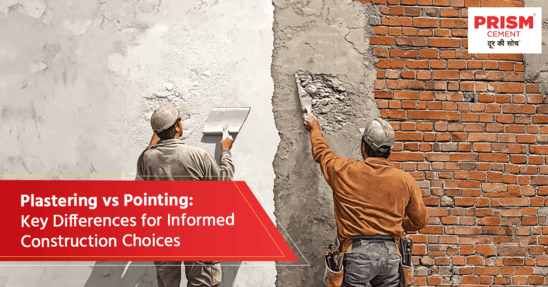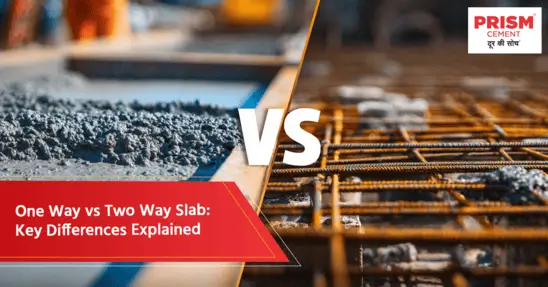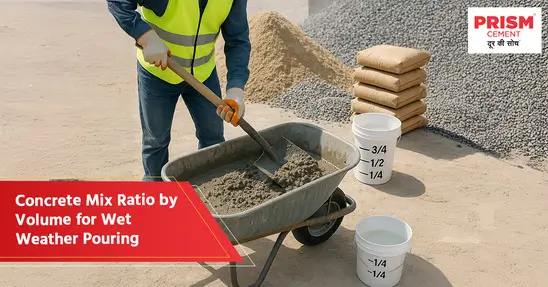Plastering and pointing are essential construction processes, each serving a unique purpose. Although they both involve the use of cementitious materials, their applications, materials, and techniques differ significantly. Understanding these differences can help you make informed decisions in your construction or renovation projects.
What is Plastering?
Plastering involves applying a smooth and even layer of mortar to interior or exterior walls and ceilings. This process serves both aesthetic and functional purposes, enhancing the appearance of surfaces while also providing protection against moisture and weather elements.
Key elements of plastering:
- Materials: Plastering typically uses a mixture of cement, sand, and water. The ideal ratio is usually 1 part cement to 4-5 parts sand, with water added to achieve the desired consistency.
- Application: The plaster is applied across the entire surface, such as walls and ceilings, to create a uniform finish.
- Tools: Trowels, floats and other specialised tools are used to spread the plaster evenly and achieve the desired finish.
- Finish: The finish can vary from smooth to textured or even decorative, depending on the desired outcome.
What is Pointing?
Pointing is the process of filling and sealing the joints between bricks or stones in a wall. Unlike plastering, which covers large surface areas, pointing focuses on the gaps between masonry units. The primary purpose of pointing is to prevent water ingress and preserve the structural integrity of the wall.
Key elements of pointing:
- Materials: The mortar used for pointing is typically a mixture of cement, sand, and water, but in different proportions than plastering. A common ratio is 1 part cement to 3-4 parts sand. The mix is usually stiffer than plastering mortar to allow for better shaping within the joints.
- Application: The mortar is applied specifically to the joints between bricks or stones, ensuring they are well-sealed and protected.
- Tools: Pointing trowels and jointers are used to shape and smooth the mortar in the joints.
- Finish: The joints are often finished with a concave shape, which helps to shed water and enhance the wall’s durability.
Choosing the Right Cement for Plastering and Pointing
Selecting the appropriate cement is crucial for both plastering and pointing. High-quality products, such as those offered by Prism Cement, provide excellent adhesion, workability, and durability, ensuring a long-lasting and attractive finish.
For plastering, look for cements that offer:
- Good workability for easy application
- High strength
- Water Replant Properties
- Resistance to cracking
For pointing, prioritize cements that provide:
- Resistance to weathering and erosion
- Good workability for easy application
- Water Replant Properties
Conclusion
By understanding the distinctions between plastering and pointing, you can effectively address the specific needs of your construction or renovation project. Whether you're aiming for a flawless interior finish or protecting your exterior walls, knowing when and how to use these techniques, as well as selecting the right materials, is key to a good construction.




